This calls for more stringent collaboration between the private and public sectors for the formation of more schools under public-private partnership models, which are steadily proving affordable, accessible, and beneficial for all marginalized communities. While the blows of privatization of education aren’t predicted to stop in India with more opening of private schools and universities in India each year, yet, such models are going to prove as safety nets for economically challenged students.
Across India, parents are feeling the pinch as some of the country’s most sought-after schools in Delhi, Bengaluru, and Pune raise their fees by as much as 30–40%. In June 2025, parents of DPS Dwarka even took to the streets, saying the sudden hike has pushed their family budgets to the edge. But what begins as public anger and primetime debate often ends in silence, with the issue slipping off the radar.
Unfortunately, what we have today are rhetorical questions, education reports, policy briefs, and mounting public litigations– signs of a system nearing its breaking point, even as new skyscrapers rise across our skies. In the midst of rapid and spectacular change in India’s education sector, driven by competing forces like EdTech giants and government institutions, one question becomes crucial: Who pays the price? The answer lies with those on the frontline of privatized learning—the children—whose futures bear the deepest impact.
Tense past and present
“In the year 2000, during the term of the Vajpayee government, the ‘Report on a Policy Framework for Reforms in Education‘, was written by Mukesh Ambani (convenor) and Kumar Mangalam Birla (member)…they recommended the ‘user pay principle’ in education to align it with the neoliberal philosophy. Those who cannot pay should take educational loans or credit from the market,” noted Dr. Venkatanarayanan Sethuraman, a Professor at Christ University. These early 1990s business-oriented dreams have fully fructified in our present realities of Indian schooling.
To get a deeper analysis, TheRise researched the top 14 private schools in Delhi-NCR, particularly around Ghaziabad, and found a shocking trend of rising fees every year.
Our study began with schools listed in the TIMES School Survey 2024, selected for their innovation and teaching standards. The data on the average quarterly fees from primary classes to Class 12 was collected using information available on the schools’ websites. We found that the average quarterly fee in Ghaziabad’s top private schools is ₹27,988.79. Compared to elite schools in areas such as Hinjewadi (Pune) or Bandra (Mumbai), this figure remains lower. However, when placed against government schools in Ghaziabad, such as Kendriya Vidyalaya (KVS), which charges only ₹1,887.50 per quarter in 2025, the difference is stark.
Private schools are charging almost 15 times more than government schools, highlighting both the massive economic gap between students in private and government schools and the sheer scale of the education business in Ghaziabad. The recent fee hikes have already triggered protests by parents in several parts of and around Delhi. This is despite the “Uttar Pradesh Self-Financed Independent Schools (Fee Regulation) Act, 2018,” which was introduced to prevent schools from overcharging parents. The act allows schools to raise fees only within two limits: (i) the latest annual increase in the Consumer Price Index (CPI), and (ii) an additional 5% of the existing fee. For new admissions, however, schools are free to set the initial fee.
Even after further ordinances in 2020, like dismantling the existing appellate authority with a new Divisional Self-Financed Independent School Appellate Authority to curb the fee hike, introduced in light of the Covid-19 pandemic, fees have continued to rise. Despite repeated fee hikes in private schools, teachers often continue to face low pay and job insecurity. Shalini (name changed on request), an English teacher for Classes 11 and 12 in a leading private school in Indirapuram, shared her experience of workplace exploitation. She pointed out that her salary does not match the workload, which extends beyond the classroom to tasks like checking answer sheets, attending parent calls, and maintaining online records. Drawing a parallel with 18th-century French society, she described the stark income inequality within schools—teachers like her form the “third estate,” surviving on scraps, while the upper management, including principals and directors, take home the lion’s share.
Global Education Monitoring report by UNESCO in 2022 stated that “7 out of every 10” new schools established over the past eight years have been private independent schools in India, showing the proliferation of private education. Also, the capital expenditure for a new for-profit school (capacity ~2,000 students) stands at ₹163 million (~₹16.3 crore) according to IDFC‑SSKI’s modelling estimates. These figures point to the heavy demand for private education despite the economic struggles faced by the middle and lower classes, proving to be exclusionary, wherein more families are opting for private education on heavy loans, fructifying the capitalist dream of the “education on debt” model.
The certainty of a child’s literacy is now in the hands of her parents’ economic certainty to trade their savings for education loans in elite schools and universities. To understand the ground reality, we spoke to Baby, a 7th-grade student in Faridabad who studies in a low-cost private school at a monthly fee of ₹ 5000. She shared her anxieties about not being able to continue her schooling at a good private school due to her dad’s unstable and low farming income. She also admitted to harboring her fascination with other “rich school girls” who live a block away from her home and study in much fancier private schools. She speaks in admiration of their fluent English speaking and their effortless ease in socializing with other people, and hopes to be like them someday.
Also Read: Government Schools in Crisis: Why India’s Public Education System Is Collapsing
The Finance Ministry reported in 2024 that total student loan debt, including loans for both secondary and higher education in India, has crossed Rs 90,000 crores with an annual growth rate of about 15% at a default rate of around 7-8%. India is slowly becoming a nation of overburdened students with both academic and economic pressures of exclusion, deadlines and poverty, where they must survive the neoliberal education business to secure a future in the same neoliberal job market.
These gross differences can be further understood in parallel through Per-Pupil Spending between government vs. affordable private Schools. Dr. Geeta Gandhi states, “Budget private schools (BPS) demonstrate higher cost-effectiveness, delivering outputs at 40 times the efficiency per educational achievement compared to government schools”. Thus, the private sector, by virtue of its economic power and growing market demand, has rewarded it with increased efficiency, while the government-funded schools serving the marginalized are struggling structurally, proving incompetent in a neoliberal market.
Biniya Devi (name changed on interviewee’s request), who toils daily for 12 hours as a sweeper at Delhi Metro station at Dilshad Garden, expressed her desire for her child’s upward mobility and aspires for her 10-year-old daughter Meera to speak English fluently. Biniya earns a monthly income of ₹15,000. and sends her daughter to a Government school at a monthly fee of ₹500 and prides herself on her daughter learning vegetables and fruit names in English, but is often concerned with teacher absenteeism and lack of clean toilets. She narrates how her little girl avoids using the school restroom for the entire school day due to uncleanliness.
The Stakeholders
These elaborate differences between public and private education have given way to new players in the education sector today due to privatization. Mainly three types of players abound in our education market today- “education businesses including both offline and online modes”, “NGOs & Philanthropic Schools” and “Public-private partnership schools”.
Firstly, Edu-business is the recent volume-driven model of education solely aimed at revenue increment, often leveraging franchise systems comprising low-fee private schools. Consequently, the revenue is generated from franchise fees, tuition (typically ₹300–₹500/month), and sometimes ancillary services like uniforms or test preparation. Built on the principle of scalability by serving economically challenged students makes private education proliferates while government schools see the dust of low enrollment rates.
Secondly, NGO run and philanthropic schools may play a crucial yet fragile role in the education sector today. These schools focus on providing free quality education to marginalized communities, often using community-driven and innovative teaching methods to bridge the learning gaps across various classes. However, these schools face serious challenges of scale and sustainability, as they depend heavily on charitable donors or CSR grants. Once this funding ends, many struggle to survive. Recently, NGO Praja Foundation rang the alarm by stating that by 2028, no students will be enrolled in BMC schools due to a lack of teachers, bad infrastructure, and poor quality of education. Nearly 229 schools have shut down in the past 10 years due to no enrollment.
Lastly, we have the novel method of Public-Private Partnership (PPP) Schools where the state provides land, infrastructure and per-child funding while private partners provide with everyday operations, workforce, pedagogy and administration. Essentially, this model aims to mix public resources with private managerial efficiency. Positively, a report published by the Asian Development Bank in 2017 concluded, “The benefits of PPPs range from enhanced capacity, leveraging of greater resources, and broader ownership by all the actors, including the sharing of risks. Yet there are also risks to PPPs, including loss of interest, higher transaction costs, and failure to meet mutual obligations.”
The report further recommended- “To be politically acceptable, a move toward cost recovery is likely to be gradual and must be accompanied by efforts to reduce inefficiency and need to ensure that governments’ procurement policy encourages competition and transparency for all stakeholders”.
The saga of school management
Inducing greater private investment and equity (PE) firms into education, India is now seeing a revolution of private education like never before, evolving school education into a running topic for foreign investors today.
Multiple Chinese PE firms, in 2023, invested in many private schools in Hyderabad and Bengaluru. These investments have been on trend since 2019. Foreign private equity has accelerated the growth of India’s private schooling sector, yet rising Chinese investments raise significant strategic concerns.
Since education directly shapes national identity and future human capital, external financial control risks weakening curricular autonomy and cultural sovereignty. Dependence on Chinese firms shall expose sensitive student data and heighten the possibility of geopolitical tensions translating into indirect influence over how schools are managed and what is taught. Without regulatory safeguards, such investments may erode India’s long-term strategic and security interests.
It is against this backdrop that educationists remain divided over the influx of private and foreign investment in schools. While one camp highlights the benefits of improved faculty, pedagogy and innovation at the school level, others stress at potential “over-commodification” of learning and making education more elitist and inaccessible to poor communities. Educationist Francis Joseph advised, “The legacy, values, and beliefs should be preserved. It’s time for the education ministry to create a regulatory body specially to guide private schools on compliance.”
Indian education thus finds itself walking a tightrope—between privatization and long-awaited structural reforms, between competing opinions and the harsher realities of economics.
What this means?
This calls for more stringent collaboration between the private and public sectors for the formation of more PPP schools, which are steadily proving affordable, accessible and beneficial for all marginalized communities. While the blows of privatization of education isn’t predicted to stop in India with more opening of private schools and universities in India each year, yet, such models are going to prove as safety nets for economically challenged students.
Also, stakeholders like NGOs, children, parents and teachers must join hands with each other to protect the interests of free and quality education for all and make educational spaces more inclusive for children across social labels. The dream of Martin Luther and Gandhi of “education for all” cannot be simply sold at the market price of profitability over community aspirations of social progress, and so the state must join its hand with the “invisible hand” of the market for a visibly thriving future.
(Mentored and Edited by Sneha Yadav)
(Anviksha Singh is an intern with TheRise.co.in)
References
https://www.schoolserv.in/Private-Equity-Reshapes-the-Landscape-of-Indian-Education/Test
https://timesschoolsurvey.com/delhi/index.html
https://www.outlookindia.com/national/neoliberalisms-grip-on-indias-education-budget-news-314171
https://prsindia.org/files/budget/budget_parliament/2025/Demands_For_grants_2025-26_Education.pdf
https://varthana.com/student/student-loan-debt-in-india-facts-and-figures/
https://www.scribd.com/document/167597700/Geeta-Gandhi-Kingdon-1

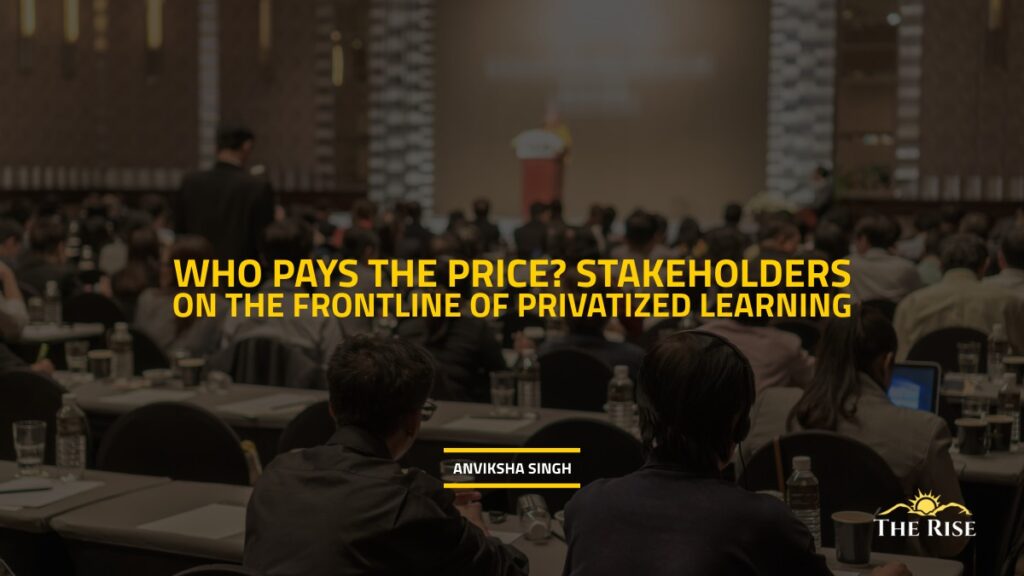



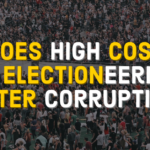
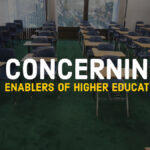





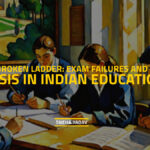
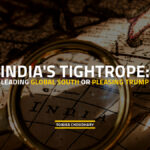















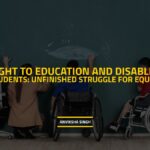









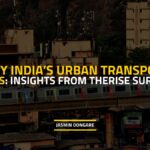

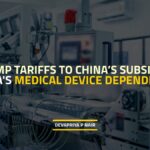







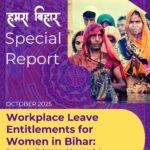

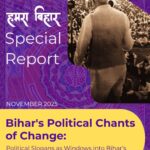
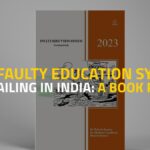

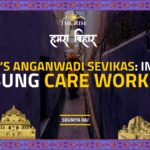


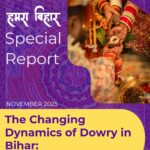




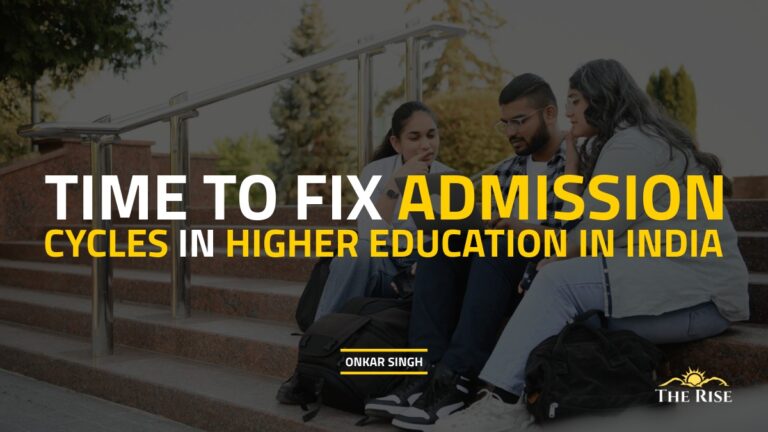
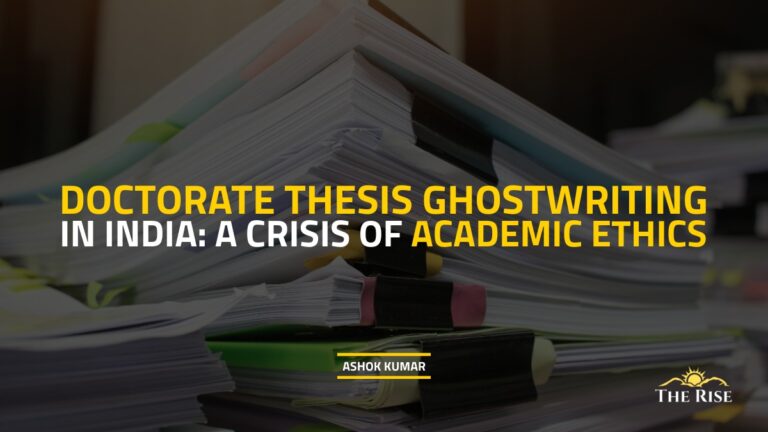


Pingback: Academic Publishing and Private Profiteering - TheRise.co.in